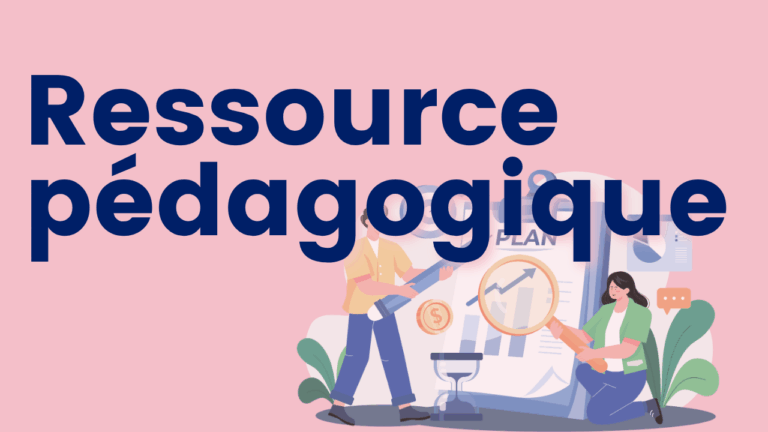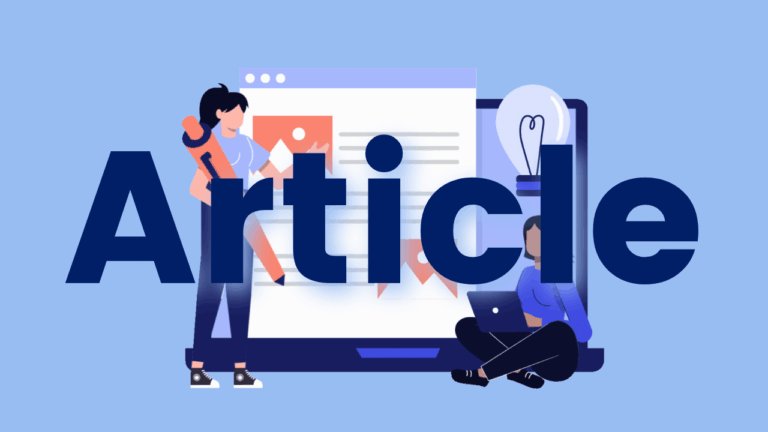La fluidité en lecture
Dans cette capsule Instagram, Michelle Courville partage les éléments de la fluidité.

Dans cette capsule Instagram, Michelle Courville partage les éléments de la fluidité.
L’écriture manuscrite est une tâche fonctionnelle, mais complexe qui permet, par l’action réciproque de processus perceptivo-moteurs simples et de processus cognitifs de haut niveau, de communiquer des pensées à l’aide d’un code écrit (Abbott et Berninger, 1993; Overvelde et Hulstijn, 2011).
Apprendre à écrire une langue alphabétique comme le français implique notamment que les enfants comprennent le principe alphabétique au tout début de leur scolarisation ; en d’autres mots, ils doivent saisir que les segments de la langue orale (les phonèmes) sont à mettre en relation avec les signes écrits (les graphèmes).

Ce document offre une progression à suivre lors de l’enseignement des correspondances graphèmes-phonèmes.

Ce module explicite très bien l’enseignement du décodage.

Ces mini-vidéos décrivent les précurseurs du décodage, le décodage et la fluidité.

Ce webinaire de 20 minutes et le guide d’accompagnement comprennent:
– une comparaison entre les types de Livres
– des gabarits de planification pour le cycle préparatoire (maternelle et jardin d’enfants) et le cycle primaire (1re à la 3e année)
– comment planifier ses activités pédagogiques : que faire avant, pendant et après la lecture
– comment mesurer la réussite en lecture
– des outils pour faciliter l’enseignement de la lecture
– des fiches pédagogiques pour mieux exploiter les Livres décodables
– lire des Livres décodables en suivant la progression des apprentissages AlphaGraphe- un relevé des apprentissages de la maternelle et du jardin d’enfants (exemples d’énoncés pouvant êtreinsérés au bulletin)
– un gabarit de lettre à envoyer aux parents

Ce dossier comprend les ressources suivantes:
Les cartes avec les graphèmes servent à faire l’évaluation des correspondances graphème-phonèmes ainsi qu’à en faire l’enseignement.Un tableau des 36 phonèmes Fiche d’évaluation des correspondances graphèmes‐phonèmes. Cette ressource est pour l’enseignant(e) de noter ce que l’étudiant dit en tant que réponse. Ça va avec les cartes de graphèmesPratique phonémique évaluation et intervention. Ce document inclut une explication de la ressource Pratique Phonémique qui inclut des liens pour chacun des deux documents.

Nous avons démystifié 10 mythes + 1 mythe boni pour que tous puissent intégrer les éléments appuyés par la science de la littératie à leur pratique pédagogique.
10 – la science de la littératie est un programme, produit ou intervention
9 – si tu peines à lire, tu DOIS avoir un TA en lecture
8 – mémoriser les mots fréquents = stratégie utile7 – on repart à zéro, même avec les élèves plus vieux
6 – il est utile d’évaluer la lecture avec une grille de GB+5 – la lecture se mesure à partir du # de mots lus par minute
4 – les Livres décodables sont monotones
3 – il suffit d’aimer lire pour apprendre à lire
2 – tous les programmes de lecture sont efficaces
1 – la progression d’enseignement des correspondances lettres-sons n’a pas d’importance

Tout le matériel dont vous disposez en salle de classe peut vous servir. Il faut savoir ajuster ses attentes pour ne pas placer des exigences sur l’apprenant avant qu’il ne soit prêt à aborder les éléments ciblés. Cette ressource propose des questions à se poser sur vos ressources.

L’enseignement précis de la phonétique (des correspondances graphèmes-phonèmes) est une composante importante de l’apprentissage de la lecture.
Cette vidéo nous explique ce qu’il nous faut pour enseigner une leçon explicite avec la phonétique. Nous apprenons comment utiliser la fiche d’évaluation des correspondances graphèmes-phonèmes selon Élisabeth Beaulieu.

Ce document nous montre l’ordre d’une leçon phonétique qui inclut un bref description de chaque étape. Adaptation de la méthode utilisée en anglais par The Reading Clinic, Kingston Ontario.
“Lorsque vient le temps d’introduire un nouveau graphème, il s’agit de commencer la leçon avec une révision des cartes des leçons précédentes (voir l’exemple). On continue ensuite en introduisant un nouveau graphème qui sera ajouté au paquet de cartes”.
Graphème : la lettre écritePhonème : le son d’une lettre